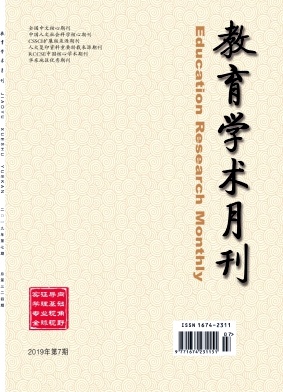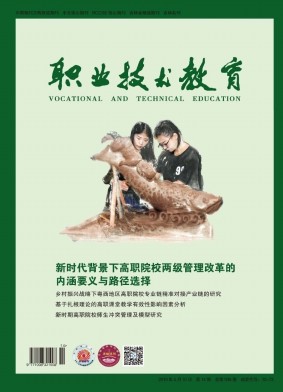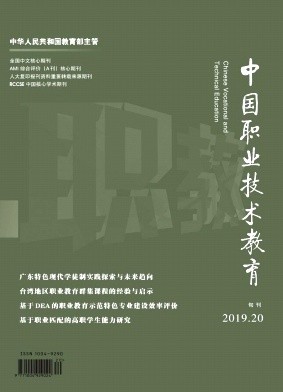摘要 目的探讨武汉城区空气中气传花粉种类和浓度及其与变应性鼻炎患者就诊人次数的相关性。方法回顾性分析2017年10月至2018年9月武汉城区花粉播散特征和来华中科技大学附属同济医院就诊的变应性鼻炎患者人次数以及同期过敏反应科变应性鼻炎患者花粉过敏原检测结果。花粉资料来源为同期采用容量法在武汉市进行的为期1年的空气采样,对采样进行镜检鉴别气传花粉种类并计数,计算出各种花粉的浓度。搜集同时期来院就诊的变应性鼻炎患者资料,并采用Pearson相关分析对花粉浓度与患者就诊人次数的相关性进行统计分析。结果2017至2018年共采集到气传花粉35类。春季优势花粉为桑科(68.46%,1042/1522)、悬铃木属(12.22%,186/1522)及柏科(2.30%,35/1522);夏秋季优势花粉为蒿属(3.81%,58/1522)、葎草属(4.01%,61/1522)及豚草属(0.59%,9/1522)。变应性鼻炎患者就诊人次数高峰期出现在3至4月份以及7至9月份,均超过2200人次,最高达2545人次。就诊人次数与花粉总浓度间存在极弱相关性(r=0.17,P=0.001)。变应性鼻炎患者的月平均花粉点刺阳性率在3至5月份最高,均超过40.00%,最高达45.73%,花粉点刺阳性率与花粉的月平均浓度具有显著的相关性(r=0.62,P=0.031)。结论武汉城区花粉种类和浓度随时间变化不断波动,春季3至4月份和秋季8至9月份为花粉播散高峰期,花粉浓度高峰期时变应性鼻炎患者就诊人次数以及花粉点刺阳性率相应增加。 Objective To investigate the species and concentrations of airborne pollens in Wuhan urban area and their correlation with the number of visits of allergic rhinitis patients.Methods Retrospective analysis of pollen dispersal characteristics and the number of patients with allergic rhinitis presenting to Tongji Hospital of Huazhong University of Science and Technology in Wuhan city from October 2017 to September 2018,as well as pollen allergen testing results of patients with allergic rhinitis presenting to the Department of Allergy during the same period.Pollen data was collected by a 1-year air sampling conducted in Wuhan City during the same period using the volumetric method.The samples were examined microscopically to identify airborne pollen species and counted,and the concentrations of various pollens were calculated.Information on patients with allergic rhinitis who came to the hospital during the same period was collected,and the correlation between pollen concentration and the number of patient visits was statistically analyzed using Pearson correlation analysis.Results A total of 35 types of airborne pollen were collected from October 2017 to September 2018.The dominant pollens in spring were Moraceae(68.46%,1042/1522),Pendula(12.22%,186/1522)and Cupressaceae(2.30%,35/1522);in summer and autumn,the dominant pollens were Artemisia(3.81%,58/1522),Humulus(4.01%,61/1522)and Ambrosia(0.59%,9/1522).The peak number of visits for allergic rhinitis patients occurred in March-April and July-September,both exceeding 2200 visits and reaching a maximum of 2545 visits.There was a very weak correlation between the number of visits and the total pollen concentration(r=0.17,P=0.001).The average monthly pollen skin prick test positive rate of patients with allergic rhinitis was highest in March-May,exceeding 40%with a maximum of 45.73%,and there was a significant correlation between the positive pollen skin prick test positive rate and the average monthly pollen concentration(r=0.62,P=0.031).Conclusions Pollen species an
出处 《中华预防医学杂志》 CAS CSCD 北大核心 2021年第5期620-626,共7页 Chinese Journal of Preventive Medicine
关键词 花粉 变应性鼻炎 相关性研究 门诊病人 皮肤点刺试验 Pollen Allergic rhinitis Correlation study Hospital outpatient Skin prick test
分类号 R76 [医药卫生—耳鼻咽喉科]




